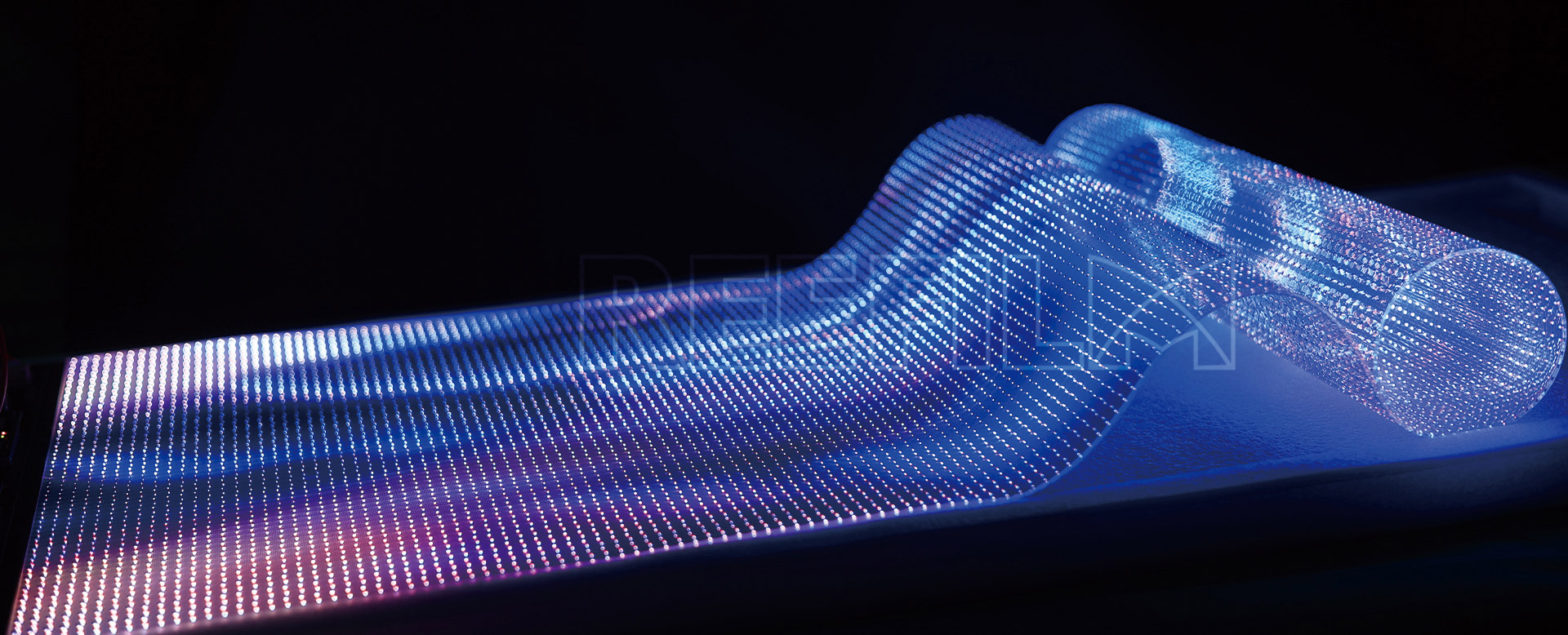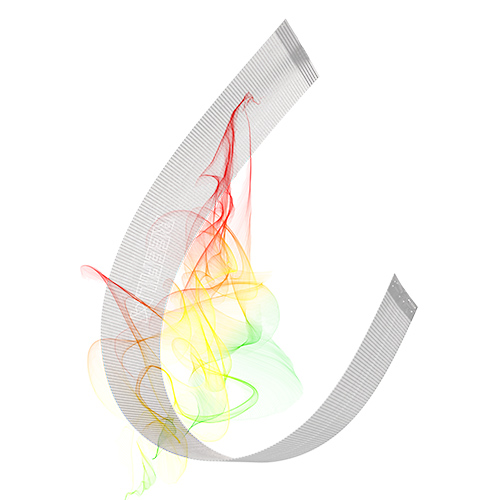
The difference between a holographic Led Screen and a conventional Led Screen lies in their unique technologies and visual capabilities, offering distinct viewing experiences and applications.Holographic LED screens introduce a cutting-edge innovation that creates the illusion of three-dimensional holographic images. This is achieved by utilizing a combination of specialized optics, LED light sources, and proprietary software. The result is a display that seemingly projects images into space, allowing viewers to perceive depth and dimensionality without requiring the use of additional glasses or equipment.

On the other hand, conventional Led Screens are two-dimensional displays that rely on a grid of light-emitting diodes to emit light and produce images or videos. These screens are widely used in various applications, such as televisions, computer monitors, outdoor billboards, and indoor signage. While conventional LED screens excel at delivering high-resolution content and vibrant colors, they lack the three-dimensional and interactive qualities that holographic LED screens can provide.
The stark contrast between the two lies in their ability to create depth and holographic effects. Holographic LED screens offer a new dimension of engagement, allowing viewers to experience visuals that seemingly float in mid-air, making them a captivating choice for artistic and promotional displays. Conventional LED screens, while versatile and reliable, do not possess the same level of depth perception and visual intrigue.
In summary, the key difference between holographic LED screens and conventional LED screens is their unique technology and the ability of holographic screens to project three-dimensional images. Holographic LED screens redefine visual engagement by offering immersive holographic effects, whereas conventional LED screens deliver high-quality two-dimensional content. The choice between the two depends on the specific application and the desired level of visual impact.